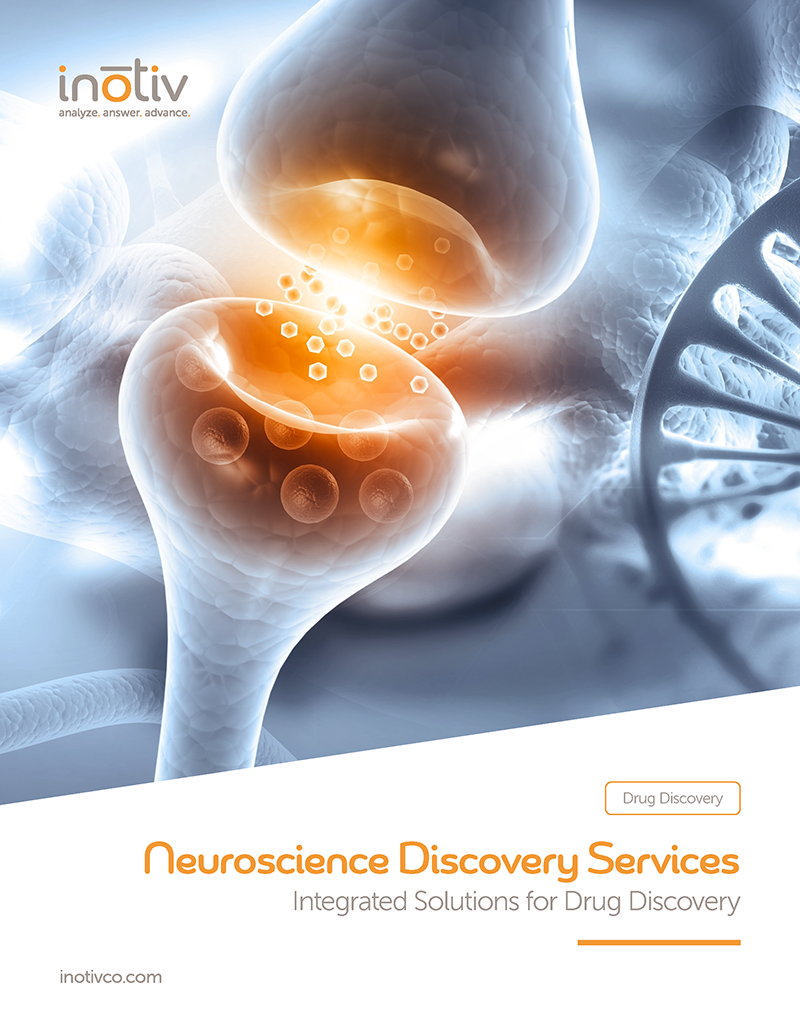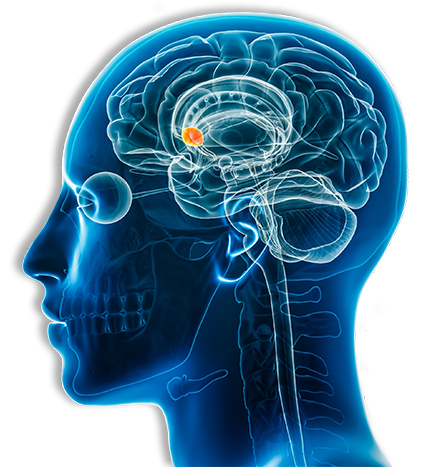Animal Models of Addiction
Validated In Vivo Models for Furthering
Addiction Research and Treatment

Addiction is marked by compulsive drug-seeking behavior and loss of control over substance use, affecting millions worldwide with profound personal, social, and economic impacts. Developing effective medications can relieve suffering, enhance quality of life, and lower healthcare costs, particularly as addiction commonly intersects with other mental health disorders.
Animal Models of Addiction
Addiction models help researchers explore the neurobiological, behavioral, and environmental factors contributing to addiction, guiding the development of prevention and treatment strategies. Additionally, preclinical testing of new drugs' addictive properties in in vivo models is essential for assessing risks, informing regulatory decisions, and ensuring safer pharmaceutical interventions before clinical trials and market release.
Conditioned Place Preference
Model Summary
Conditioned place preference is a behavioral test used to assess the rewarding effects of drugs in rodents. Rats and mice are conditioned to associate a particular environment with the drug's effects. This method helps researchers understand the preference and reinforcing properties of substances, aiding in studying the addictive properties of substances.
Study Design

2-Bottle Choice Test
Model Summary
The 2-bottle choice method for addiction testing in rodents involves providing animals with access to two drinking bottles, one containing water and the other containing a drug of interest. By measuring the preference and consumption of the drug-laced solution over time, researchers can assess addictive behaviors and study factors influencing substance use in rodent models.
Precipitated Withdrawal
Model Summary
The precipitated withdrawal model involves inducing dependence in mice or rats through repeated administration of morphine. After the induction phase, naloxone, an opioid antagonist, is administered to precipitate withdrawal symptoms. These symptoms, including jumping responses, are observed, and quantified to study the behavioral and neurobiological aspects of opiate addiction and withdrawal.
Validation Data

Withdrawal symptoms were assessed in a mouse model of precipitated withdrawal. Mice received increasing dosages of morphine of 3 consecutive days to induce dependence. After the final day of dependence induction, mice received a final morphine injection, followed by administration of naloxone an hour later. Jumping behavior and locomotor activity in a open field assay (OFA) were measured immediately after naloxone treatment. Mice undergoing opiate withdrawal (red bars) showed increased jumping (A) and locomotor activity (B) compared to vehicle treated mice (orange bars). *p<0.0001.
Handling-Induced Convulsions
Model Summary
The handling-induced convulsion assay assesses physical dependence and withdrawal symptoms in mice following chronic, and sometimes acute, exposure to an addictive substance. In this assay, mice are handled on an hourly basis after drug removal, which can induce convulsions in drug-dependent animals due to withdrawal. The severity of these convulsions are scored with an established scale and compared between drug-treated and control groups to evaluate the development of physical dependence.
Not seeing the model you need? Contact us to discuss developing a new in vivo model for your preclinical research program.
Behavioral Assessment for Addiction Models
Inotiv offers additional assays that can be utilized to evaluate a number of behavioral endpoints in addiction models, including motor coordination and balance . These assays can provide information on the broader effects of drug exposure on neurological function.
- Rotarod test
- Light/dark box test
- Open field assay
- Gait analysis
- Elevated plus maze
- Swim test
- Barnes maze
- Morris water maze
- Contextual fear conditioning
- Von Frey test
Additional Endpoints
Our capabilities extend beyond models and behavioral testing. We have a broad range of GLP and non-GLP in vivo and in vitro assays that can be customized to provide insights into the neurobiological mechanisms that underlie addiction and evaluate the efficacy of potential treatments.
- Histopathological assessment
- Stereotaxic surgery
- Tissue harvesting
- Oxidative stress enzymology
- Neurotransmitter and metabolite quantification
- CBC/clinical chemistry analysis
- Mass spectrometry proteomics
- Primary neural cell culturing
- Human stem cell and brain organoid culturing
- Confocal and electron microscopy




